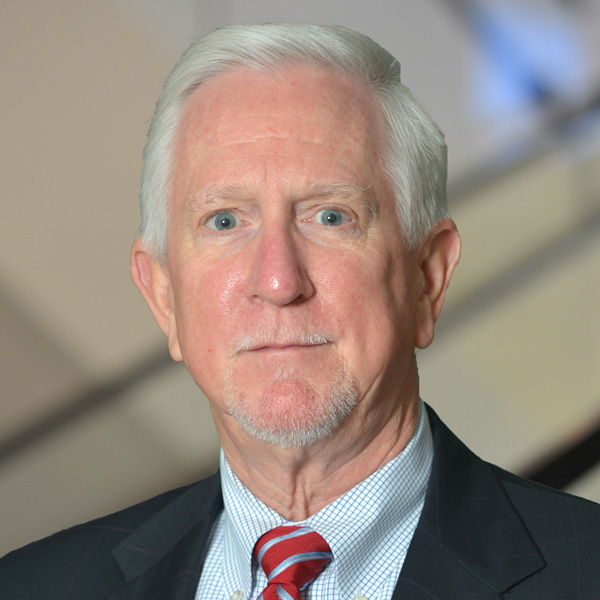However, Many Computer Implemented Inventions Remain Patentable Subject Matter
On June 19, 2014, the U.S. Supreme Court handed down its eagerly anticipated decision in Alice Corp. Pty. Ltd. v. CLS Bank Int’l, 573 U.S. ___ (2014). The court held that the claims of several patents held by Alice Corp. were drawn to patent-ineligible abstract ideas, and were thus unpatentable subject matter under the U.S. patent laws, 35 U.S.C. § 101.
The decision did not strike down software patents as unpatentable subject matter per se. However, the Supreme Court strongly signaled that patent claims directed to business processes which “merely require generic computer implementation” will not transform abstract ideas into a patent-eligible invention without some “additional features.” Drawing upon several of its prior cases, the Supreme Court left open the possibility of viable software-implemented patents where the technology is claimed and described as meeting the machine-or-transformation test, or improving the functioning of a computer itself, or effecting improvements to “other technology or technical fields”, or having sufficient “additional features” that ensure that the claim is not designed to monopolize an abstract idea.
Here are some practical takeways from the decision:
- Due to the complexities of navigating the laws around patent-eligible subject matter, it is now more important than ever to examine the patentability of a given technology upfront, and have a thoughtful patent strategy before filing any patent applications.
- The Supreme Court reiterated that laws of nature, natural phenomena, and abstract ideas are not patentable. However, practical applications of such concepts may be patentable.
- The Court did not eliminate software patents per se, but emphasized that “generic computer implementation” of general business processes will not be considered patentable subject matter without something more.
- Some commentators, including former USPTO director David Kappos, have suggested that the decision actually strengthens the case for software patents.
- Patent claims that meet the machine-or-transformation (MoT) test, such as the automated tire manufacturing process in the 1981 Supreme Court case of Diamond v. Diehr, are still the strongest candidate for patenting computer-implemented inventions.
- Patent claims that “improve the functioning of a computer itself” were mentioned as possibly viable candidates for patentability. Patents that effect improvements to “other technology or technical fields” also remain viable.
- Entities with patent applications that are pending or in process of preparation should review their applications to assess whether corrective filings are possible to make the claims more likely to pass muster under the decision.
For a more detailed review of the case and its implications, see the MMM Tech Law article.
Copyright 2014 John R. Harris. All Rights Reserved.
The information presented and contained within this article is provided as general information only, and does not, and is not intended to constitute legal, employment or tax advice. Any opinions expressed within this article are solely the opinion of the individual author(s). For more information, contact John Harris: jharris@mmmlaw.com.


